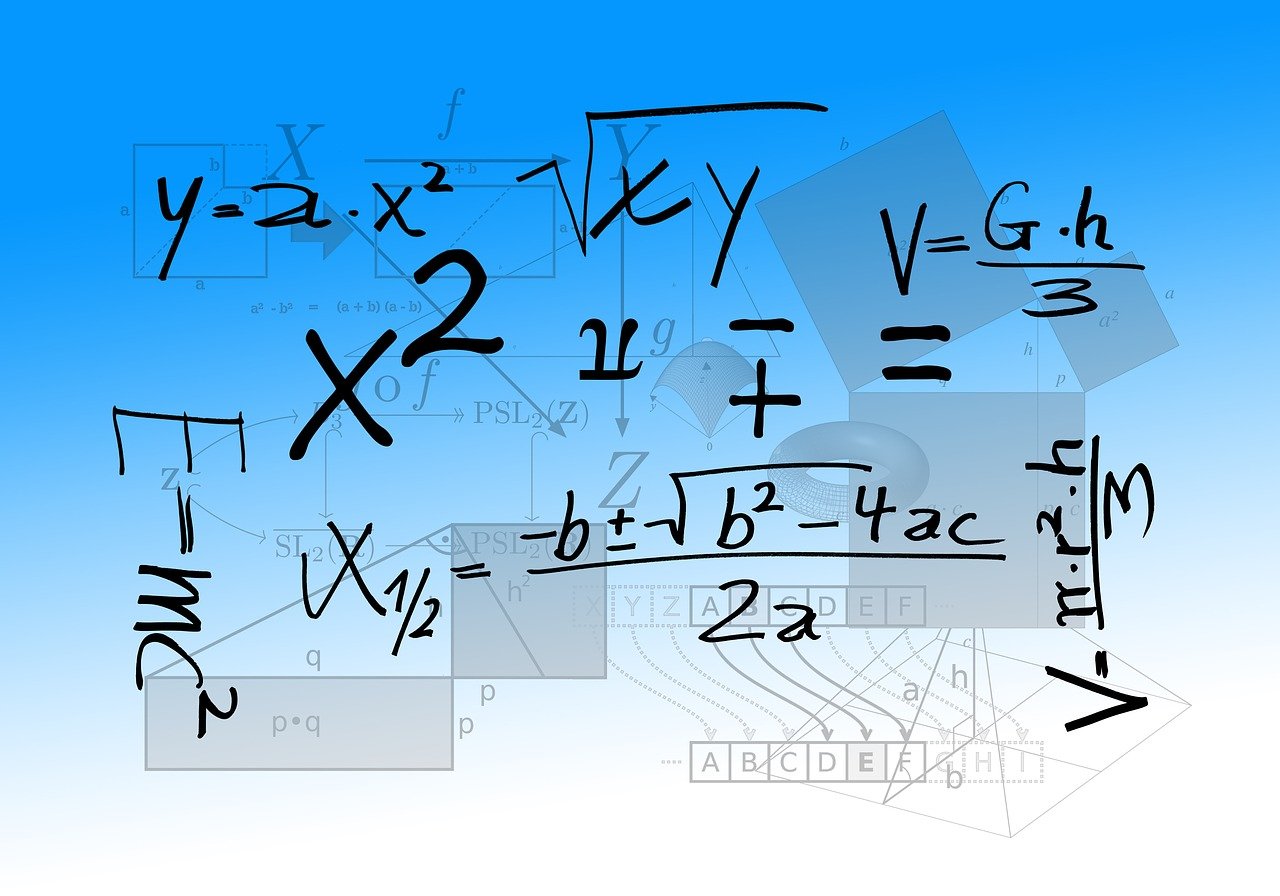Introduction
Physics is the scientific study of the fundamental principles that govern the natural world. From the earliest observations and theories of the ancient Greeks to the modern era of technology and advanced scientific instruments, physics has played a central role in our understanding of the world around us.
At “sTechPedia,” you can find information on a wide range of topics related to physics, including the history of the field, current and future developments, and resources for further learning.
In this article, we will explore the history of physics and the key developments and discoveries that have shaped our understanding of the natural world. We will also discuss current and future developments in the field and their potential impact on our understanding of the universe.
The early history of physics
The study of physics has a long and fascinating history that dates back to ancient civilizations. In ancient Greece, philosophers and mathematicians like Pythagoras and Plato made important contributions to the field, developing theories about the nature of the universe and the forces that govern it.
In ancient China, scholars made detailed observations of the natural world and developed theories about the properties of matter, motion, and energy. In ancient India, the Vedas, a collection of sacred texts, contain references to the laws of motion and the concept of energy.
The development of experimental methods and the scientific method in the 16th and 17th centuries marked a significant turning point in the history of physics. Scientists such as Galileo Galilei and Isaac Newton made key contributions to the field through their observations and experiments, leading to the development of classical mechanics and the laws of motion.
The modern era of physics

The 20th century saw significant developments in the field of physics, with the advent of new technologies and the development of new theories to explain the fundamental nature of the universe.
In 1905, Albert Einstein published his theory of special relativity, which revolutionized our understanding of space and time. His theory of general relativity, published in 1915, expanded on this work and introduced the concept of gravity as the curvature of spacetime.
The development of quantum mechanics in the 1920s and 1930s provided a new framework for understanding the behavior of subatomic particles and the nature of the atomic nucleus. The theory of the strong and weak nuclear forces, developed in the 1960s and 1970s, helped to explain the behavior of these forces and their role in the structure of the atomic nucleus.
In recent decades, advances in technology have allowed for even more detailed observations of the natural world and the development of new theories and models to explain the fundamental nature of the universe.
Current and future developments in physics
The field of physics is constantly evolving and advancing as new technologies and techniques are developed and new discoveries are made. Some of the current and future developments in the field include:
- Particle physics: The study of subatomic particles and the fundamental forces that govern their behavior is an active area of research in physics. The Large Hadron Collider, a particle accelerator located near Geneva, Switzerland, has allowed for the discovery of new particles and the testing of theories such as supersymmetry.
- Dark matter and dark energy: The existence of dark matter and dark energy, mysterious substances that make up a significant portion of the universe, is supported by a variety of observations. However, their nature and properties are still largely unknown, and their study is an active area of research in physics.
- Quantum computing: The development of quantum computers, which use the principles of quantum mechanics to perform calculations, has the potential to revolutionize the field of computing. These computers could perform certain tasks much faster than traditional computers, with applications in fields such as cryptography and materials science.
- Gravitational waves: The detection of gravitational waves, ripples in spacetime caused by the movement of massive objects, has opened up a new way of studying the universe and its most extreme events, such as black hole mergers.
Conclusion
The history of physics is a long and fascinating one, filled with discoveries and developments that have shaped our understanding of the natural world. From the earliest observations and theories of ancient civilizations to the modern era of technology and advanced scientific instruments, physics has played a central role in our understanding of the world around us.
Today, the field of physics continues to advance and evolve, with new technologies and techniques allowing for more detailed observations of the natural world and the development of new theories and models to explain the fundamental nature of the universe. At “sTechPedia,” you can find information on a wide range of topics related to physics, including the latest news and discoveries, current and future developments, and resources for further learning.
As we look to the future, it is clear that physics will continue to play a central role in our understanding of the world around us and the fundamental nature of the universe. The possibilities and opportunities offered by this field are endless, and it is exciting to think about what new discoveries and developments the future may bring. We encourage you to visit “sTechPedia” for further information on physics and related topics and to stay up-to-date on the latest developments in the field.







